Preparing for survival situations means having the right gear to handle various environments and emergencies. Whether you’re planning a backcountry hike, preparing for natural disasters, or ensuring your family’s safety in crisis situations, the right equipment can make all the difference. This guide aims to outline must-have survival gear, offering insights into their uses, benefits, and selection criteria.
Core Survival Gear Categories
Water Purification and Storage
H2O: The Essence of Life
- Water Filters and Purifiers: Access to clean drinking water is paramount. Portable water filters like pump filters, gravity filters, and straw filters can remove pathogens and contaminants. Consider UV water purifiers for a quick, chemical-free option.
- Water Containers: Durable water bottles and collapsible containers are essential for storing purified water. Look for BPA-free materials and consider insulated bottles to maintain temperature.
Food and Nutrition
Sustaining Energy and Morale
- Non-perishable Food: Pack high-calorie, lightweight food such as energy bars, dried fruits, nuts, and ready-to-eat meals. Look for options with a balance of protein, fats, and carbohydrates.
- Cooking Equipment: Compact stoves, lightweight cookware, and utensils are crucial for preparing food. Consider fuel efficiency and ease of use when selecting stoves.
Shelter and Warmth
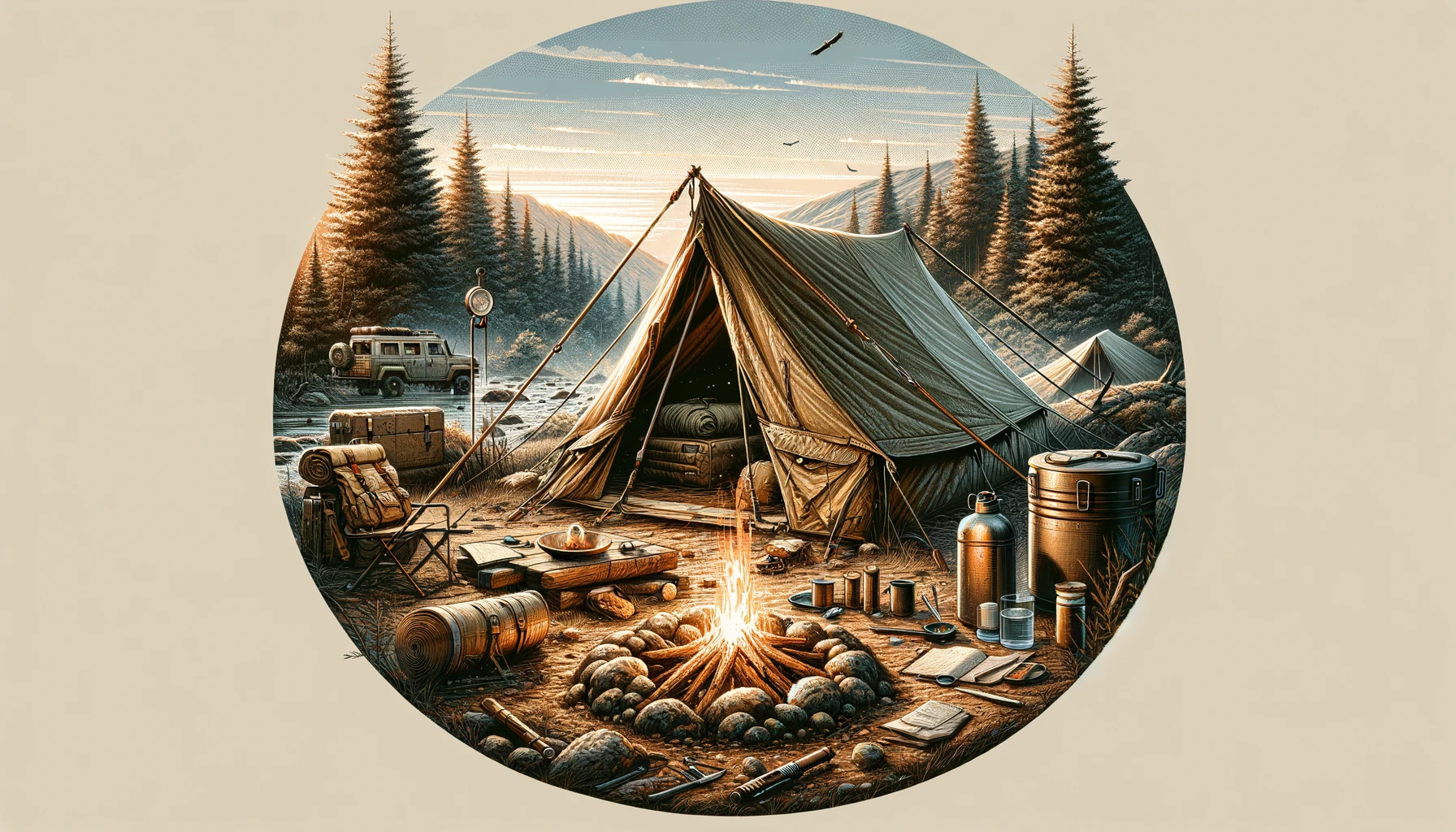
Protection Against the Elements
- Tents and Tarps: A reliable tent or tarp provides protection from wind, rain, and cold. Look for lightweight, durable materials and easy setup.
- Sleeping Bags and Pads: A good sleeping bag is your barrier against the cold. Choose one rated for the lowest temperatures you anticipate, and pair it with an insulated sleeping pad for comfort and warmth.
Clothing and Footwear
Dressing for Survival
- Layered Clothing: Wear moisture-wicking fabrics close to the skin, insulating layers for warmth, and a waterproof outer layer for protection.
- Durable Footwear: Waterproof, supportive boots are essential for rugged terrain. Consider the environment and season when selecting footwear.
Fire Starting
Mastering the Flame
- Fire Starters: Waterproof matches, lighters, and ferro rods can help you start a fire in any condition. Practice using them before you need them in an emergency.
- Tinder and Kindling: Carry lightweight, flammable materials to help ignite fires quickly. Commercial fire starters or homemade options like dryer lint can be effective.
Navigation and Communication

Staying Found and Connected
- Maps and Compasses: GPS devices are helpful, but batteries can fail. A physical map and compass are indispensable for navigating unfamiliar terrain.
- Emergency Communication Devices: Satellite phones, personal locator beacons (PLBs), and two-way radios can be lifesavers in remote areas without cell service.
First Aid and Health
Preparing for Medical Emergencies
- First Aid Kits: Customize your kit to include personal medications, bandages, antiseptics, and tools like tweezers and scissors.
- Hygiene Supplies: Sanitizers, soap, and personal hygiene items can prevent infections and maintain morale.
Tools and Equipment
Versatility in Your Hands
- Multipurpose Tools: A good quality multitool can perform many functions, from cutting to screwing and sawing.
- Survival Knife: Choose a durable, sharp knife that can handle various tasks, from preparing food to making tools.
Light and Power
Illuminating Your Path
- Flashlights and Headlamps: LED models offer long battery life and durability. Headlamps free up your hands for tasks.
- Portable Power: Solar chargers and power banks can keep your devices charged in areas without power sources.
Personal Safety and Security
Ensuring Your Protection
- Personal Defense Items: Depending on local laws and personal preference, consider carrying items like pepper spray, a whistle, or even a firearm for protection.
- Signal Devices: Mirrors, flares, and brightly colored flags can help rescuers locate you in an emergency.
Advanced Gear Considerations
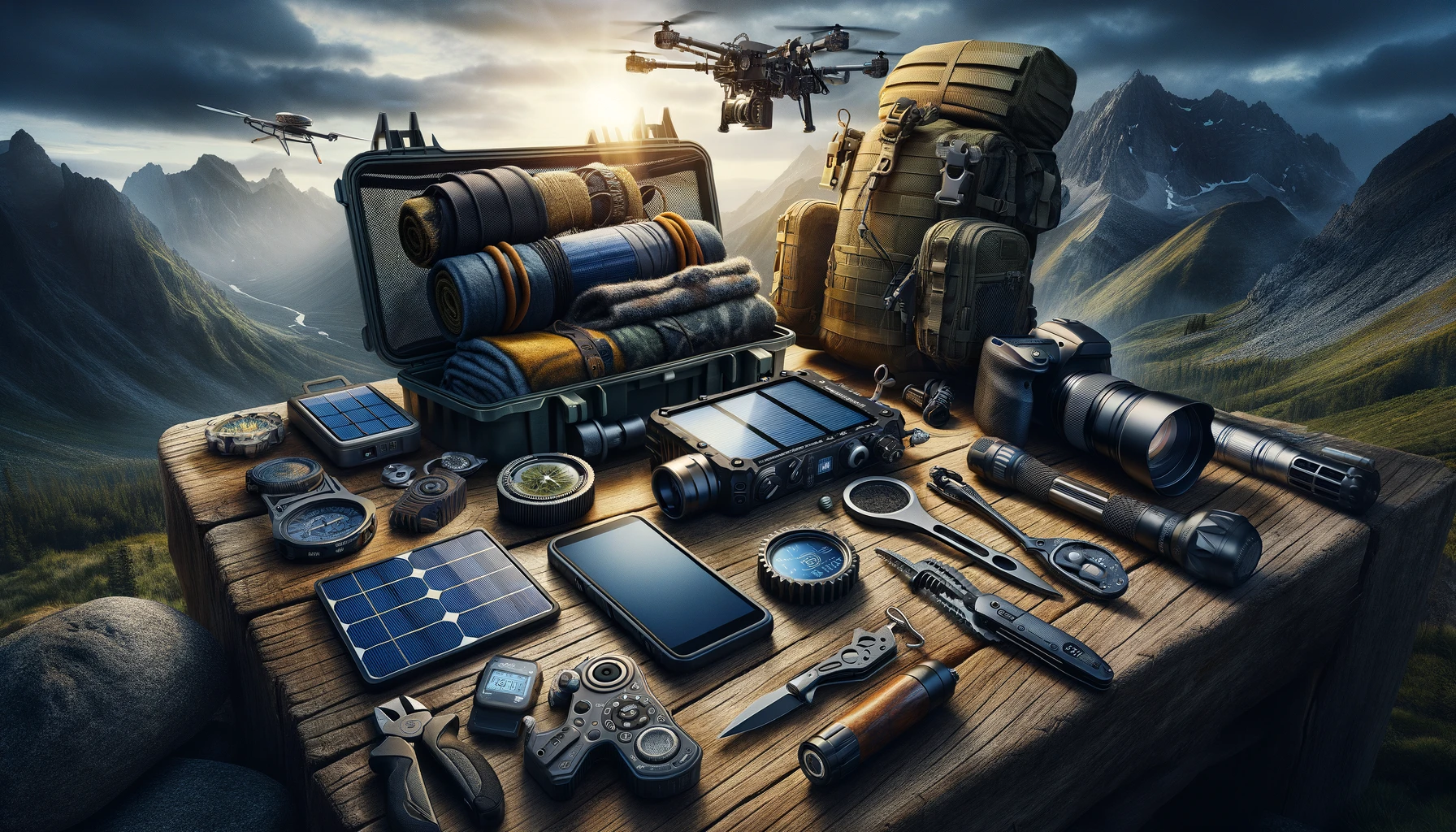
For those venturing into extreme environments or looking for enhanced preparedness, consider advanced gear like:
- Water Desalination Devices: For sea adventures, a portable desalinator can turn seawater into drinkable water.
- Thermal Blankets and Bivvies: Compact and lightweight, these can retain body heat in cold climates.
- Advanced Navigation Tools: Solar-powered GPS devices, altimeters, and barometers can provide detailed environmental data.
Conclusion: The Philosophy of Preparedness
Survival gear is not just about having the right tools but understanding their use and maintaining the ability to adapt. Regularly review and update your gear to ensure it meets your current needs and environment. Practice with your equipment, familiarize yourself with its functionality, and stay prepared for whatever challenges you may face.
Remember, the ultimate survival tool is your knowledge and preparedness. Equip yourself with both physical gear and the skills to use it, and you’ll navigate any situation with confidence.

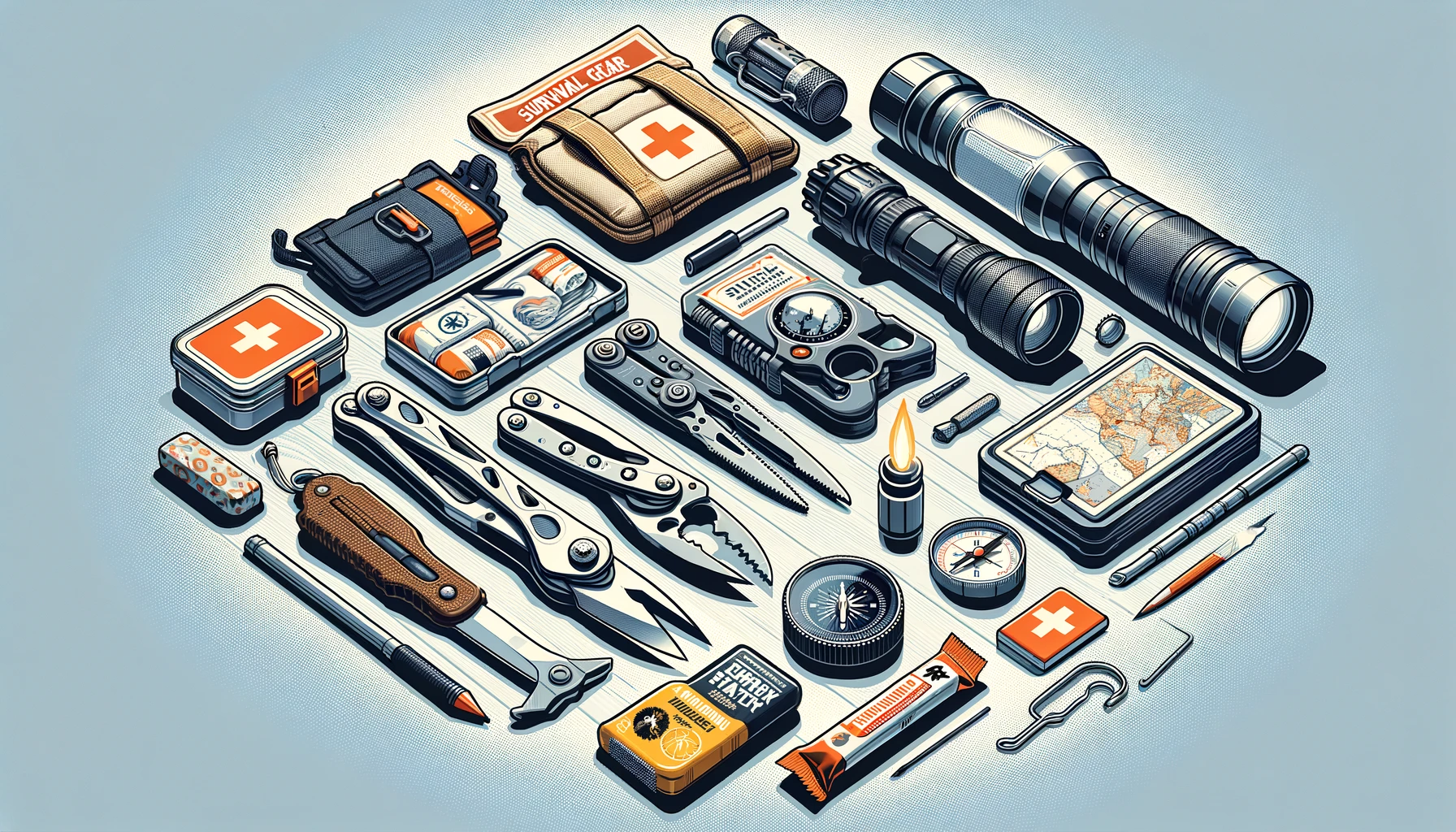

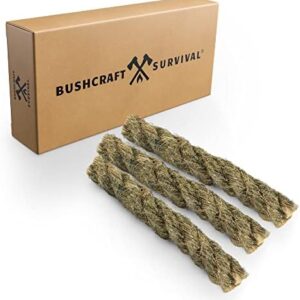
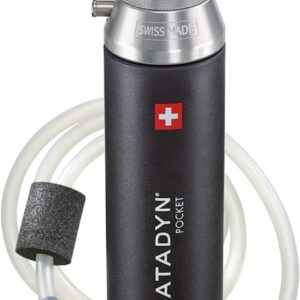
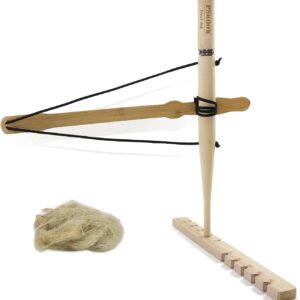

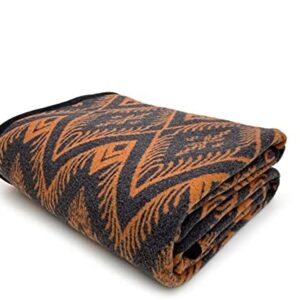
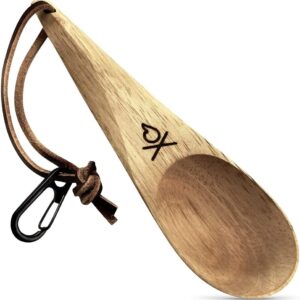

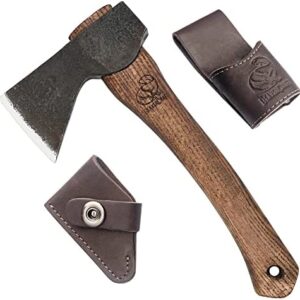
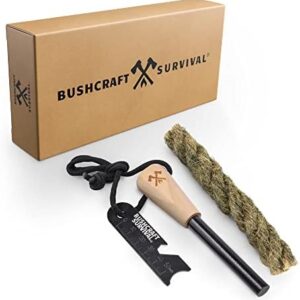
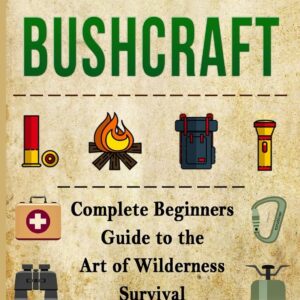
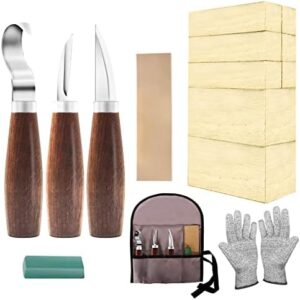
0 Comments